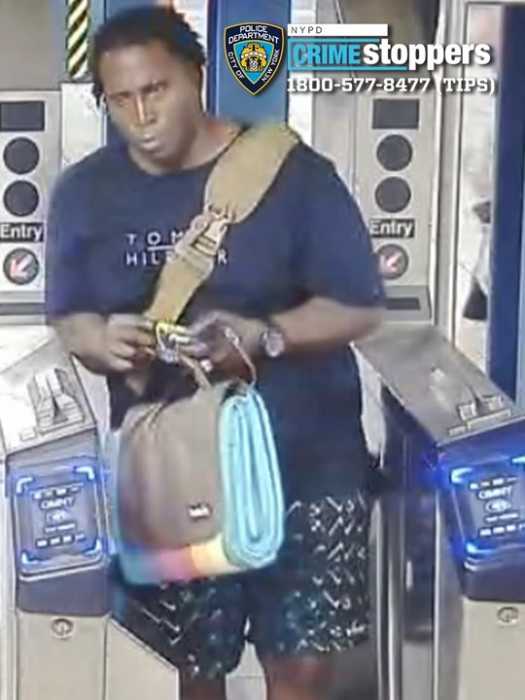By Michelle Han
The City Planning Department's sweeping proposal to update its zoning regulations might not be a panacea for all of Queens' zoning woes, but it may go a long way toward addressing most of them.
Speaking to about 50 residents at a Community Board 9 meeting in Kew Gardens Tuesday night, Eric Kober, head of the Planning Department's Housing Division, tried to help residents digest the complicated set of proposals, known as the unified bulk program, making its way through committees and community boards citywide.
The brainchild of City Planning chief Joseph Rose, the plan seeks to correct shortcomings in city zoning rules established in 1961 that envisioned the city would be developed with the “tower in the park” setting in mind.
That mindset foresaw tall buildings surrounded by large tracts of open space, Kober said, but it deteriorated after development began to encroach on every available parcel as the city's real estate market started to heat up.
In the Kew Gardens and Forest Hills region, the plan will resonate in R-7 zoning districts, which currently permit buildings to go as high as 15 or 17 stories, and R-2 zones, where only single-family homes are allowed, Kober said.
The plan, which is scheduled to go before the City Council this summer, would put a flat height restriction on buildings in the R-7 zone and would create a height limit on homes in the R-2 zones based on the size of building lots.
In recent years, groups in Kew Gardens and other parts of the borough have repeatedly raised the issue of developers being able to build structures that they say are grossly out of scale with the surrounding neighborhood. But the developers, for the most part, are often within their right to build based on current zoning, which in many parts of Queens does not reflect the true nature of the borough's neighborhoods.
In some cases, the Planning Department is able to change the zoning of certain neighborhoods to reflect what is actually built there, Kober said. Borough President Claire Shulman has worked with the department to rezone 25 neighborhoods in Queens over the past several years.
One of the most recent rezoning efforts in Queens has come in the small neighborhood surrounding Kew Forest Lane, near the border of Forest Hills and Kew Gardens. Neighbors and community leaders galvanized around the effort after a developer broke ground on a six-story apartment building in a neighborhood of single-family homes.
But Kober noted that such action often comes as a reaction to some unwanted development, as it did on Kew Forest Lane.
“The objective here is to be proactive and to get out in front of this trend,” he said.
Another criticism of the city's zoning system, established in 1961, is that it is so arcane and difficult to understand that developers are able to manipulate their plans and maximize development but still remain within their right to build.
The unified bulk program in part would address that problem by simplifying the restrictions that monitor each zone, Kober said.
“Once you go to height restrictions, then it becomes pretty simple to understand, even for someone not schooled in zoning,” he said. “Enforcement will be enhanced by the ease by which you can understand what the rules are.”
Community Board 9 Chair Sylvia Hack praised the proposal as a valuable way of improving the quality of life in Queens neighborhoods.
“We are very impressed at the goal of this plan,” she said. “I think it's going to go a long way towards making this city a better place to live.”



































